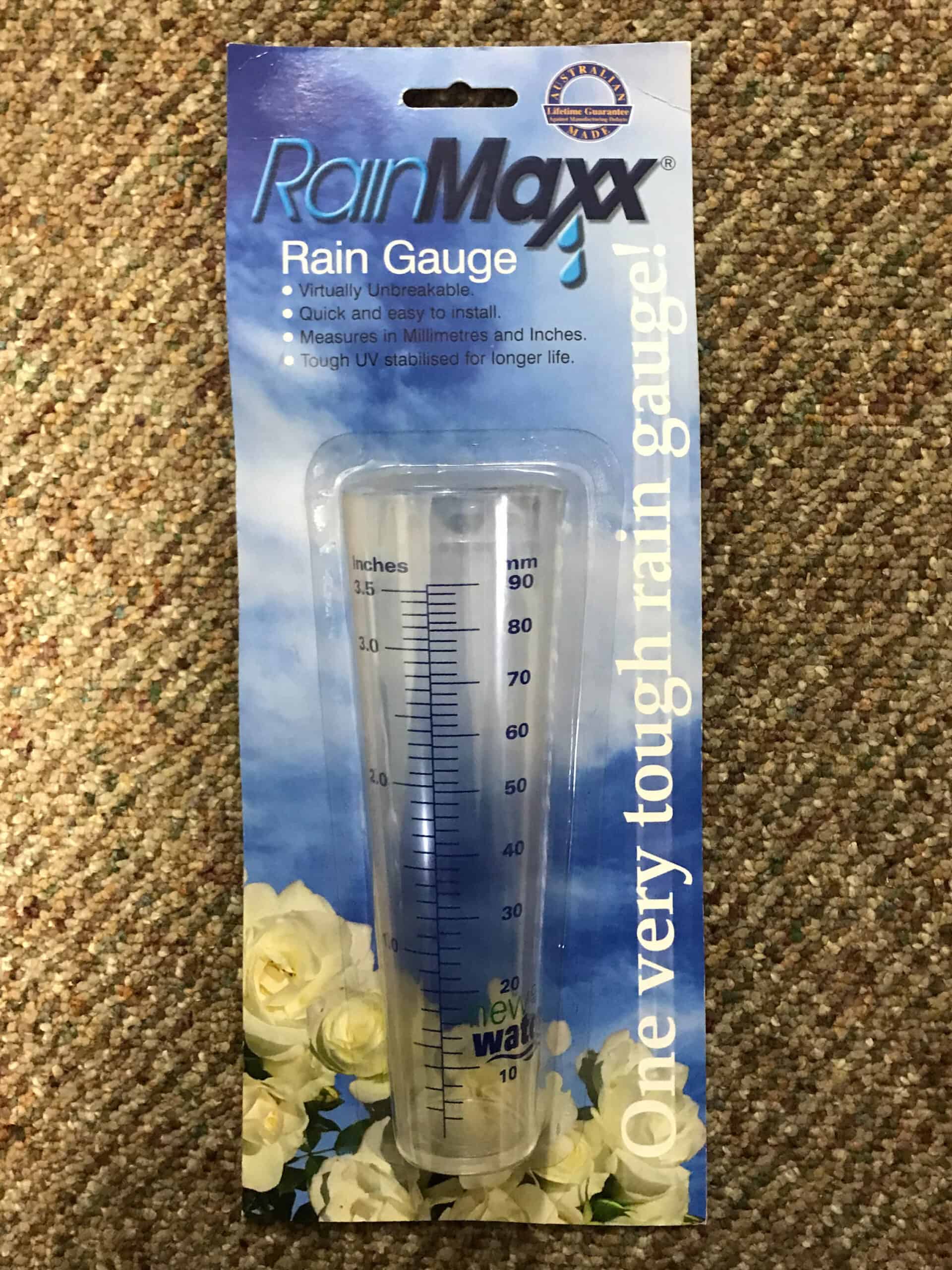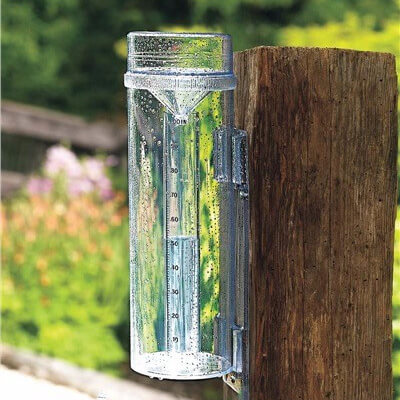Compare the Leading Rain Gauge Designs for Accurate and Consistent Analyses
Compare the Leading Rain Gauge Designs for Accurate and Consistent Analyses
Blog Article
Introducing the Science Behind Rainfall Gauges: Exactly How These Devices Play an Important Duty in Climate Research Study and Ecological Monitoring
Rainfall determines, apparently simple devices, hold an extensive significance in the realm of climate research and environmental surveillance. As we peel back the layers of this clinical veil surrounding rainfall gauges, we discover a globe where precision, data accuracy, and thorough monitoring assemble to reveal a deeper understanding of our altering climate and its influence on the earth.
Relevance of Rain Scales
Rainfall determines play an essential duty in surveillance and determining precipitation levels, giving vital data for climate study and evaluation. These devices are basic in measuring the amount of rains that happens in a specific location over a particular duration. By collecting and gauging rain, rainfall evaluates deal useful insights right into the distribution and strength of precipitation, aiding meteorologists, hydrologists, and climatologists in recognizing weather patterns and fads.
Among the essential reasons that rain determines are important is their capacity to give local and exact information. Unlike satellite or radar-based dimensions, which use more comprehensive monitorings, rain gauges offer accurate info details to the area where they are placed. This local information is essential for numerous applications, including flooding projecting, drought tracking, and water source management. Furthermore, lasting data gathered from rainfall gauges assists in analyzing climate change effects and patterns, adding substantially to clinical research and decision-making processes. In essence, rainfall determines work as crucial devices in the area of weather forecasting and ecological scientific research, playing an important duty beforehand our understanding of weather condition and environment characteristics.
Sorts Of Rainfall Scales

Performance and Procedure
In the realm of climate research and atmospheric research studies, the performance of rainfall evaluates lies in their intricate capability and precise operational devices. Rainfall evaluates are designed to properly gauge the quantity of precipitation that falls over a particular location throughout a set duration. These tools generally include a funnel that accumulates rainwater and networks it into a measuring tube. The gauging tube is marked with calibrated dimensions that permit the specific quantification of rainfall.
The performance of rain determines is based on the concept of measuring and collecting rain in a standardized manner. This accumulated data is crucial for recognizing regional climate patterns, tracking long-term environment patterns, and examining environmental impacts. To guarantee precise dimensions, rain assesses demand to be strategically positioned in open areas far from blockages such as buildings or trees that could disrupt the collection procedure.
The operational element of rainfall gauges involves normal upkeep to avoid particles build-up, calibration checks to maintain dimension accuracy, and data recording for evaluation (rain gauge). In general, the functionality and operation of rainfall determines are crucial for collecting trusted precipitation information vital to climate study and ecological monitoring
Function in Environment Research Study
Offered the essential relevance of precise rainfall dimensions in comprehending climate patterns and environmental impacts, the role of rain gauges in environment research study is crucial. Rainfall gauges give crucial information for climate study by quantifying the amount of rainfall that drops over a specific area during a given period. This data is crucial for keeping track of long-lasting fads in precipitation patterns, assessing the impact of environment modification on rainfall circulation, and improving climate models.

Climate researchers make use of information gathered from rain determines to assess variants in precipitation degrees, determine regional environment patterns, and examine the performance of water resource administration strategies. By contrasting historic rainfall data with current measurements, researchers can find shifts in precipitation patterns, such as adjustments in the frequency or intensity of rains events. This information is vital for recognizing exactly how environment modification is affecting precipitation dynamics and can aid policymakers make notified decisions relating to adjustment and reduction strategies.
Applications in Environmental Surveillance

In flood forecasting, rainfall gauge information assists to track rains intensity and distribution, permitting authorities to release timely cautions and take required steps to alleviate flood threats (rain gauge). Dry spell monitoring depends on straight from the source rainfall gauge information to evaluate dampness degrees in the dirt and track rainfall deficiencies, helping in the recognition of drought-prone locations and the application of drought response strategies
Additionally, rain gauge information plays an essential role in water resource management by offering details on water availability and usage patterns. In addition, in farming, rain scale information assists farmers in optimizing irrigation routines, plant selection, and general farm monitoring techniques based on local precipitation patterns.
Conclusion
In final thought, rain assesses are necessary devices for measuring precipitation, providing valuable data for climate study and ecological surveillance. With numerous types and functionalities, rain evaluates play a vital function in comprehending precipitation patterns and their influence on the environment. By accurately gauging rains, these devices add to the advancement of scientific expertise and aid in making notified decisions pertaining to water resource administration and catastrophe preparedness.
Rainfall gauges play an indispensable role in surveillance and gauging rainfall levels, providing essential information for environment research and evaluation. The typical rain gauge, recognized as the "tipping pail" gauge, is one of the most typically made use of gadgets. Ultrasonic rain determines usage sound waves to detect the visibility of rain, giving real-time information on precipitation degrees.Climate scientists use data gathered from rain assesses to evaluate variants in precipitation degrees, determine local climate fads, and assess the her response effectiveness of water source management approaches.In final thought, rainfall evaluates are essential devices for measuring precipitation, giving important information for climate research and ecological tracking.
Report this page